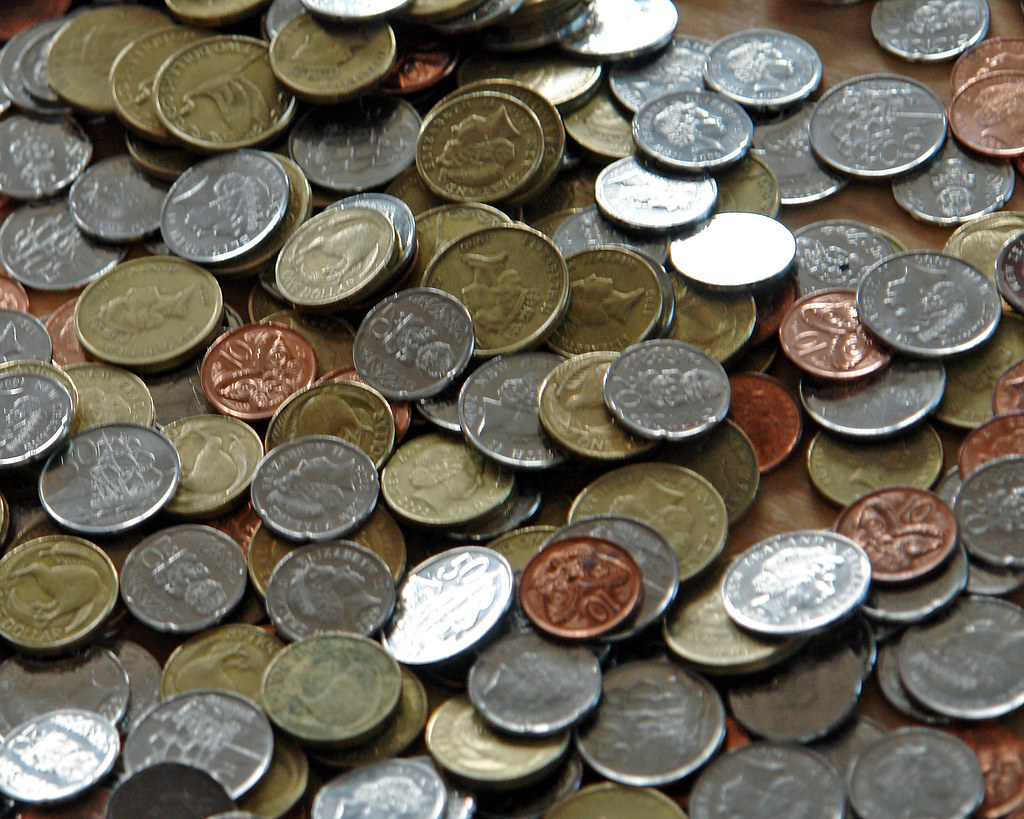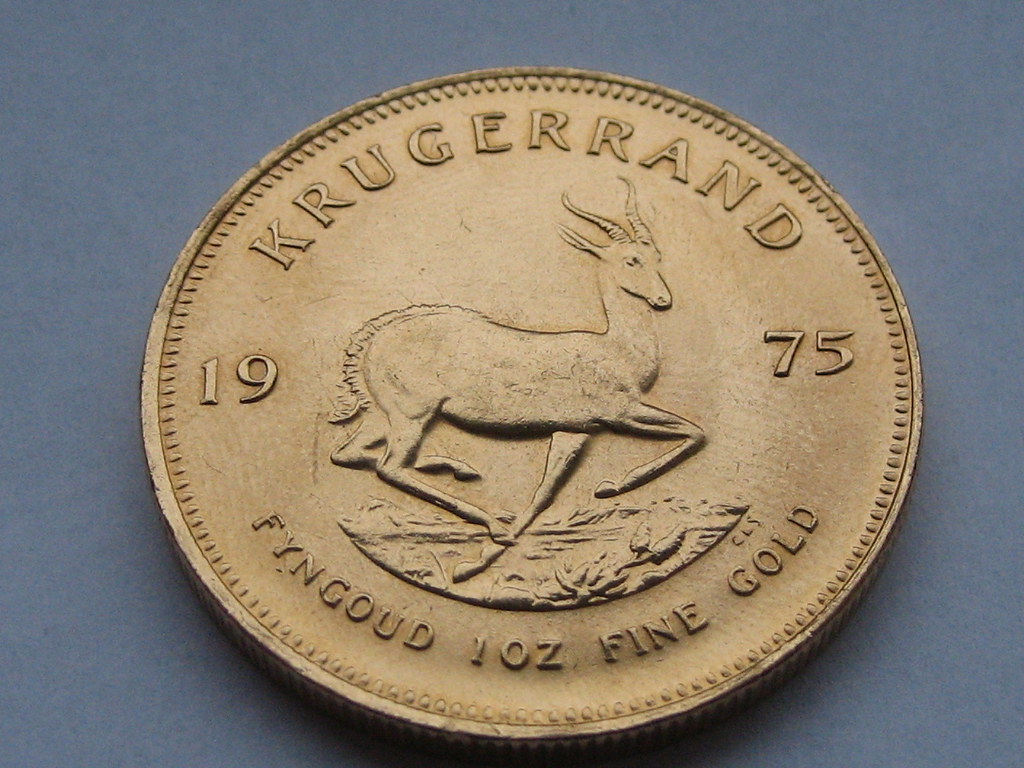Gold is shiny. Gold is glamorous. Gold does not corrode. So it became a symbol of immortality, wealth, and power in many ancient cultures. Due to its preciousness Gold has always been used for coinage, jewellery, and ornaments. Today thanks to its specific characteristic this noble metal is also used in Medicine, Computers, Electronics.

Image source:https://search.creativecommons.org/photos/e669b53f-fa77-440e-aaab-5bf1b51b2152 by tao_zhyn
What is Gold?

Image source:https://search.creativecommons.org/photos/e80f2dd4-eeed-4061-b628-a00254d6cf27 by Gary Lee Todd, Ph.D.
Gold is a member of the transition metals and sits in the same periodic table column as silver and copper. The group that gold can be found in is often termed the ‘coinage metal‘ group since its members are frequently used to produce money. Gold is, in fact, one of the first metals known to man. Its origin is dated back to 3400 BCE with the Egyptians. During Pharaoh’s reign, the Egyptians would often gather tremendous amounts of gold just to coat the sarcophagus of a deceased Pharaoh. Interestingly enough, when King Tutankhamun, commonly referred to as King Tut, died, his coffin contained approximately 112 kg of gold.
Even if trace quantities of gold are located practically everywhere, large deposits are found only in a few locations. Gold forms through hydrothermal deposited veins by ascending solutions, as disseminated particles through some sulfide deposits, and in placer deposits.
How does Gold form?
On Earth, gold reached us some 200 million years after the formation of the planet when meteorites packed with gold and other metals bombarded its surface.
Another theory concerning the formation of gold that’s been gaining a lot of traction today is that the element can form following the collision of two neutron stars. Following the collapse of a massive star what remains is an extremely dense core. Two neutron stars in mutual orbit can collide when gravitational waves carry enough energy removed from the system to destabilize the orbit. When this happens, a sort of gamma-ray burst can occur – these are the foremost powerful explosions within the universe. The extreme energy would be enough to form gold and other heavy elements, in line with a paper published within the Astrophysical Journal Letters.

Image source: https://www.bullionbypost.co.uk/index/gold/how-is-gold-formed/
What are the types of Gold?
- Yellow gold is formed by mixing pure gold with silver, copper, and zinc. it’s the purest color, the foremost hypo-allergenic, and requires the smallest amount of maintenance of all the gold colors.
- White gold is formed of gold and platinum (or palladium). alloy can even be made from gold, palladium, nickel, and zinc. metal is more durable and scratch-resistant than yellow gold. it’s also cheaper than both yellow gold and platinum.
- Rose gold (or pink gold) is alloyed with gold, copper, and silver. Rose gold is cheaper than the opposite gold colors because it uses inexpensive copper for its rose color. because of its copper content, rose gold is more durable than yellow or metal.
- Green gold (or Electrum) is a combination of gold, silver, and sometimes copper. Silver presence gives the green nuance.

Image source: https://search.creativecommons.org/photos/2f7d65d5-ceb2-46de-9fb6-efe0613687a1 by SibleyHunter
What are the stages of Gold working?
Gold is sometimes found in an exceedingly pure state; however, it may be extracted from silver, copper, lead, and zinc.
- Mining
- In lode or vein deposits, the gold is mixed with another mineral, often quartz. Gold is obtained from lode deposits by drilling, blasting, or shoveling the encompassing rock. Lode deposits often run deep underground. The gold ore is then gathered up and brought to a mill for refinement.
- Placer deposits contain large pieces of gold ore (nuggets) and grains of gold that are washed downstream from a lode deposit which are usually mixed with sand or gravel. The three main methods accustomed to mine placer deposits are hydraulic mining, dredging, and power shoveling. All methods of placer deposit mining use gravity because of the basic sorting force.
- Grinding: once the gold mineral has been mined, it usually is cleaned and filtered at the location site as a preliminary refinement method. It is then shipped to mills, where it is first combined with water and ground into smaller chunks. The resulting mixture is then further ground in a ball mill.
- Separating the gold from the ore: Gold is isolated from the mineral using numerous techniques:
- Floatation requires the separation of gold from its mineral by using specific chemicals and air.
- Cyanidation also involves using chemicals to separate the gold from its contaminants.
- The carbon-in-pulp process also uses cyanide but involves carbon instead of zinc to precipitate the gold.

Image source: https://search.creativecommons.org/photos/b2a93f53-c4d2-44b2-8804-c52323832c9b by MaximilianParadiz
If the gold is still not pure enough, it can be smelted. Smelting requires heating the gold with flux, a chemical substance. The flux connects with the contaminants and floats above the melted gold. The gold is then cooled and allowed to harden in molds, and the flux-contaminant mixture (slag) is hauled away as solid waste.
What are Gold characteristics?

Image source:https://search.creativecommons.org/photos/676e196f-3a70-4213-b1df-ffff39f3d53d by Gary Lee Todd, Ph.D.
Gold is a soft, yellow metal. Like all other metals, gold is highly malleable and ductile. Moreover, gold can conduct both electricity and heat rather easily. Gold has a particularly high density at 19.3 g per cubic centimeter, slightly greater than lead. Like all other metals, gold is malleable. However, it’s rather more easily pressed out than most other metals. only one ounce of gold is often stretched to over 300 square feet.
Some other properties of gold include its high oxidation resistance. Typically, metals often form oxide later on their surface due to exposure to oxygen at room temperature and conditions but gold doesn’t. Additionally, gold is unchanged by most acids and bases.
How was Gold used throughout history?
Gold has the chemical symbol Au (from the Latin word aurum meaning ‘shining dawn’). It is a valuable metal that has been used since ancient times in the production of jewellery, coinage, sculpture, vessels, and as a decoration for buildings, monuments, and statues.

Image source: https://search.creativecommons.org/photos/a941dab2-dbff-4e98-8b48-404470a7396c by oliworx
Gold doesn’t corrode so it became an emblem of immortality and power in many ancient cultures. Its rarity and aesthetic features made it an excellent material for ruling classes to show their power and status. First found at a surface level near rivers in Anatolia like the Pactolus in Lydia, gold was also mined underground from 2000 BCE by the Egyptians and later by the Romans in Africa, Portugal and Spain. There is also evidence that the Romans smelted gold particles from ores like iron pyrites. Easily worked and mixed with other metals like silver and copper to extend its strength and alter its color, gold was used for a good range of purposes.
Where can we find Gold today?
Gold is chiefly used for:
- Coinage
- Ornaments
- Jewellery
- Gilding
Other uses for gold include:
- Textile industry
- Gold flake is employed for a radiation-control coating for spacecraft In electronic tubes, as gold-plated grid wire, to relinquish high conductivity and suppressing secondary emissions
- Gold powder and gold sheet is employed for soldering semiconductors, with gold having an honest ability to wet silicon at 371°C (725°F)
- Gold is employed as a plating material, where sodium gold cyanide [NaAu(CN)2] is employed as a gold plating solution. The plating has considerable chemical resistance and electrical properties. However, it lacks wear resistance, in which case a gold-indium plate is utilized.
Image source: https://search.creativecommons.org/photos/4360b1f5-2561-4f80-a3fc-d6e7fa484b11 by Daderot
Gold alloys also have many applications such as:
- Gold-gallium and gold-antimony are used in the electronic industry (primarily as wire).
- Gold is used for dental applications and is rightly termed dental gold, where gold is alloyed with silver, platinum, and on occasion palladium. It is sometimes alloyed with iridium for hardening.
Info source:
http://www.azom.com/article.aspx?ArticleID=598
http://study.com/academy/lesson/what-is-gold-definition-properties-uses.html
http://geology.com/minerals/gold.shtml
http://www.ancient.eu/gold/
